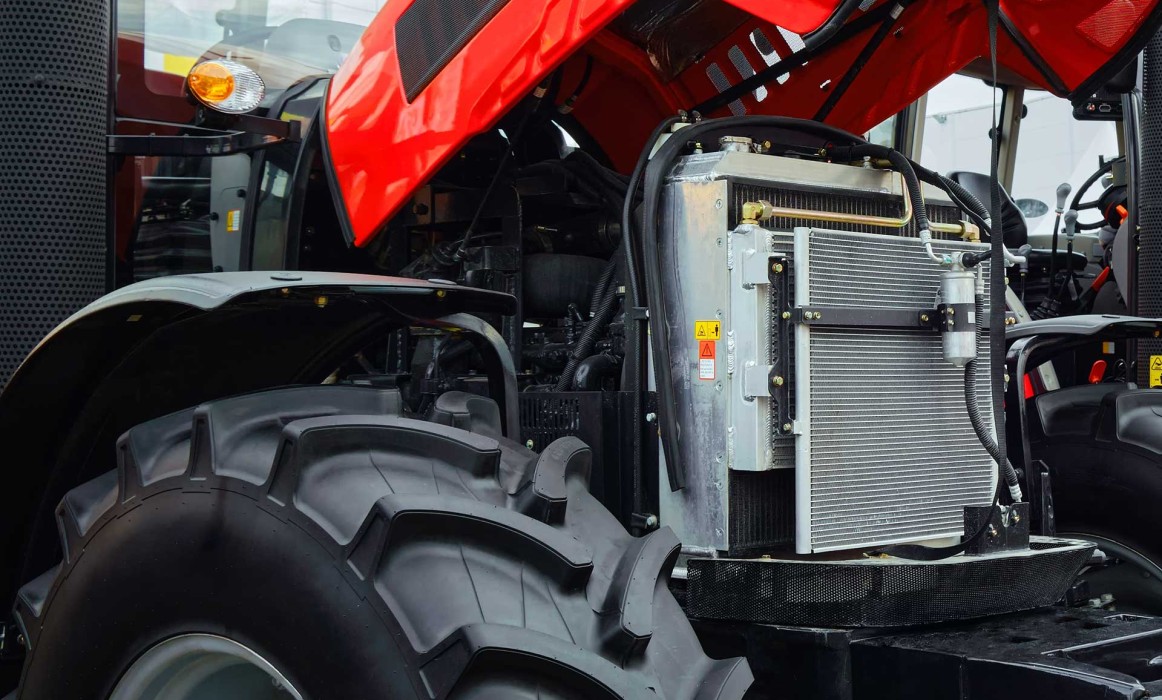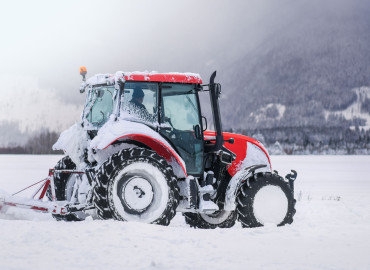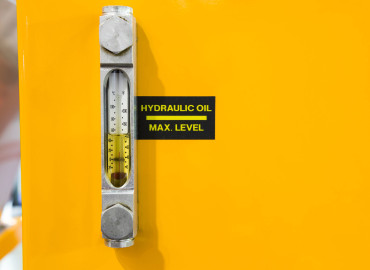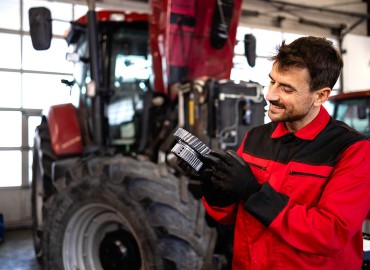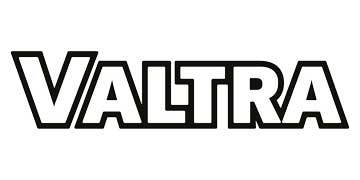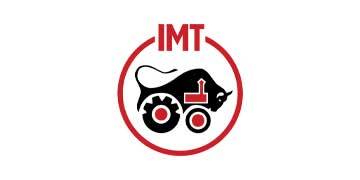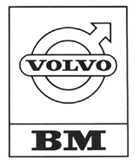When working long hours in the field, you want to get the maximum performance from your tractor. However, the engine of your tractor heats up quickly under challenging conditions, and overheating can significantly shorten your tractor's lifespan. This is where the tractor radiator plays a vital role. Regular cleaning of the tractor radiator ensures the efficient operation of the engine and prevents overheating. Many tractor owners neglect radiator maintenance, which can lead to serious malfunctions and high costs in the long term.
The Role of the Tractor Radiator
The tractor radiator is a crucial part that helps regulate the engine's temperature. It releases the excess heat generated by the engine, preventing the motor from overheating. The coolant circulates through the radiator channels, absorbing the heat from the engine, and is then cooled by the radiator. This cycle ensures the engine operates at an optimal temperature and prevents potential malfunctions caused by overheating. When the radiator is clogged or not working efficiently, the engine can overheat quickly, leading to a loss of performance.
The Importance of Tractor Radiator Cleaning
The tractor radiator requires regular cleaning. Here are the key reasons why radiator cleaning is important:
- Maintains Engine Performance: The radiator ensures that the engine stays at its ideal operating temperature. Over time, however, dust, mud, insect debris, and other foreign materials can clog the radiator channels. These blockages hinder the circulation of the coolant, causing the engine to overheat. Regular radiator cleaning allows the engine to operate at peak efficiency and prevents power loss.
- Improves Fuel Efficiency: An overheated engine cannot use fuel efficiently. When the radiator is not functioning properly, the engine consumes more fuel. Regular radiator cleaning optimizes fuel consumption and improves the fuel efficiency of your tractor, leading to savings on fuel costs in the long run.
- Extends Engine Life: Overheating can cause permanent damage to engine components, such as cracked cylinder heads, burned gaskets, and other mechanical failures. Cleaning the radiator prevents the engine from overheating, helping to avoid expensive repairs and extending the life of the engine.
- Reduces Repair Costs: When the radiator is clogged or not functioning correctly, engine overheating can lead to major malfunctions, such as damage to the cylinders or even complete engine failure. These serious issues can result in high repair costs. Regular radiator cleaning prevents these costly repairs.
How to Clean a Tractor Radiator
Follow these steps to clean your tractor radiator:
- Inspect the Radiator: Before starting the cleaning process, check the condition of the radiator. Look for any dirt, mud, or insect debris accumulated on the radiator fins. Cleaning a filthy radiator can be challenging, so it is essential to inspect and clean it regularly.
- Prepare Cleaning Materials: You will need a pressure washer, a soft brush, and a radiator cleaning solution for cleaning the radiator. If using chemical cleaners, ensure the product is suitable for tractor radiators.
- Drain the Coolant: Before cleaning the radiator, make sure the engine has cooled down. Carefully drain the coolant, as it can be toxic and must be disposed of properly.
- Clean with Pressure Water: Use a pressure washer to clean the outside of the radiator. Avoid applying high pressure directly to the fins, as this can cause them to bend or become damaged. Use a soft brush to gently remove dust and dirt from the fins.
- Use a Chemical Cleaner: If there is a significant blockage in the radiator, you can use a radiator cleaning solution. Be sure to carefully follow the instructions for the product. Chemical cleaners help dissolve residues inside the radiator, improving coolant circulation.
- Refill the Radiator: After the cleaning process, you will need to refill the radiator. Use the type of coolant recommended by the tractor manufacturer. After refilling, run the engine for a while to allow the coolant to circulate inside the radiator and check for any leaks.
 en
en  tr
tr 
